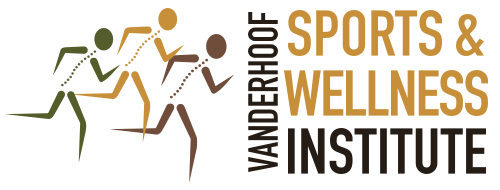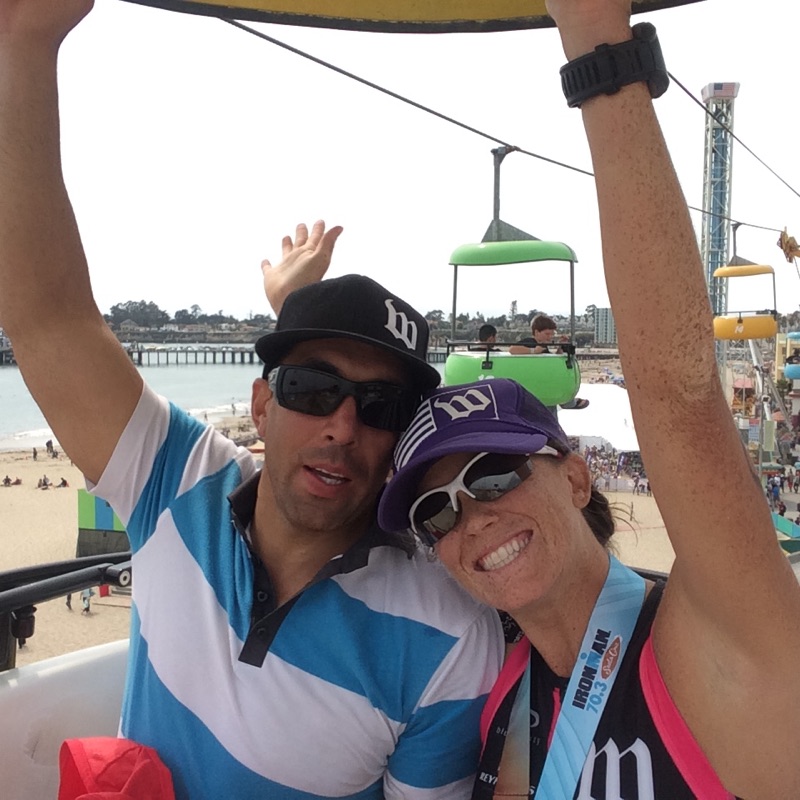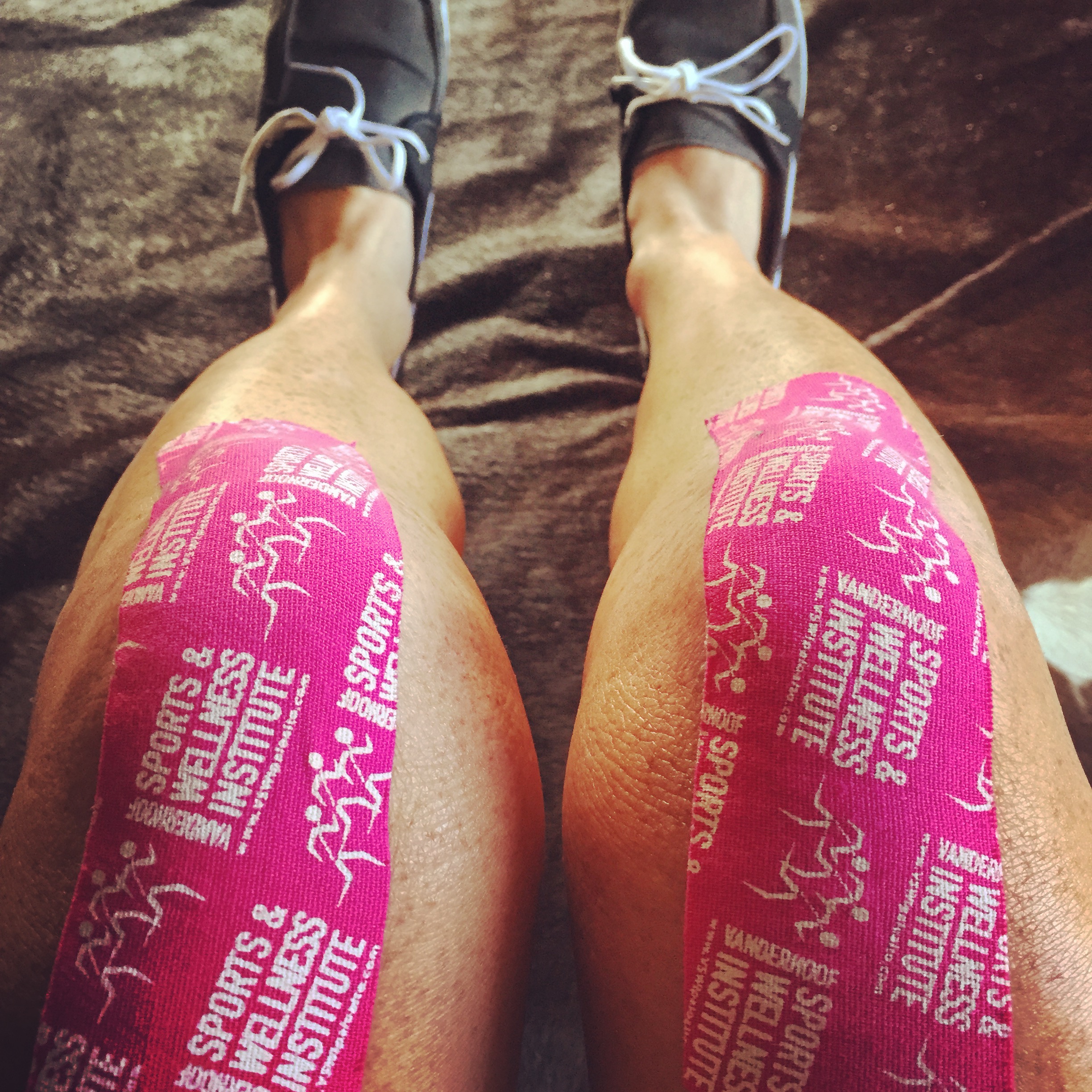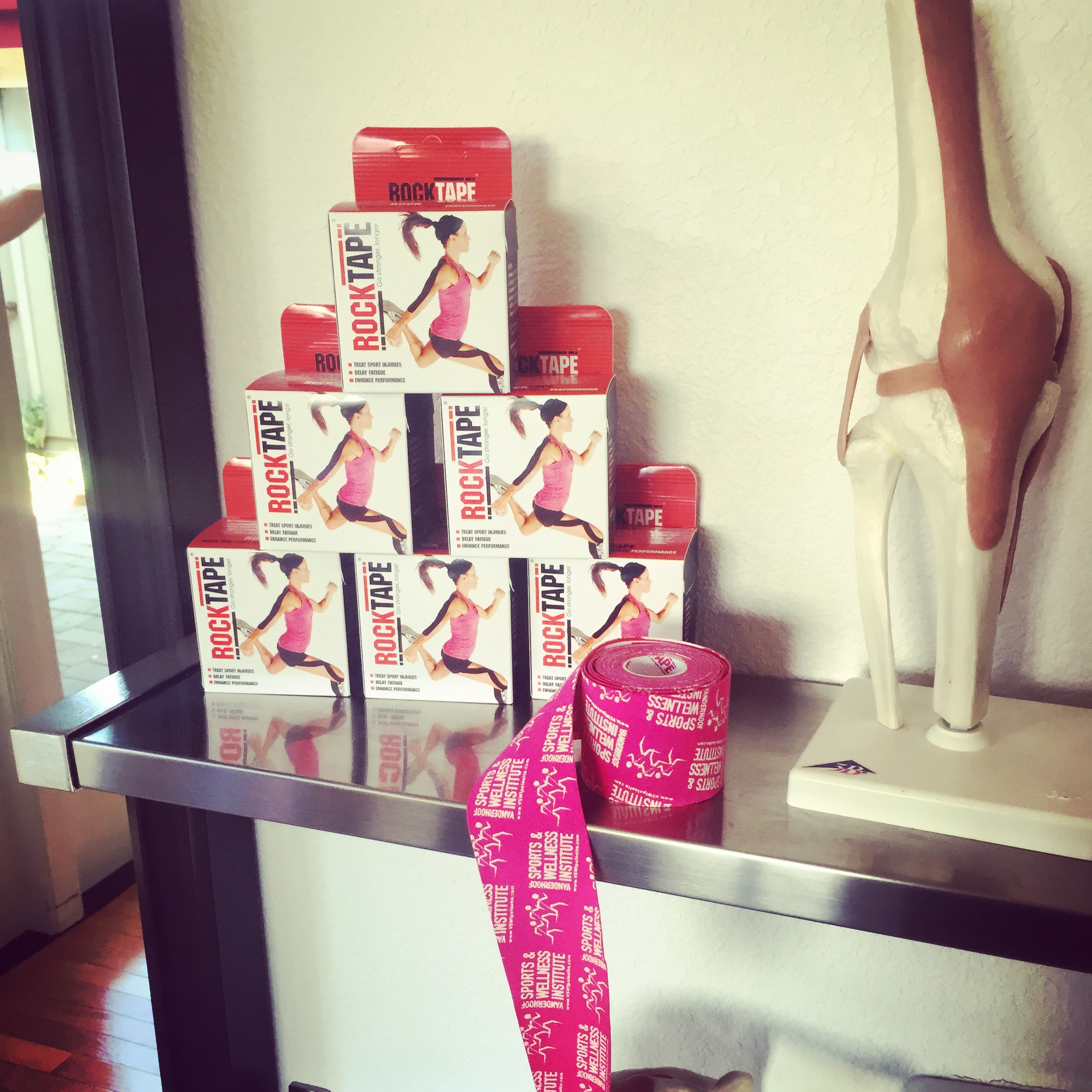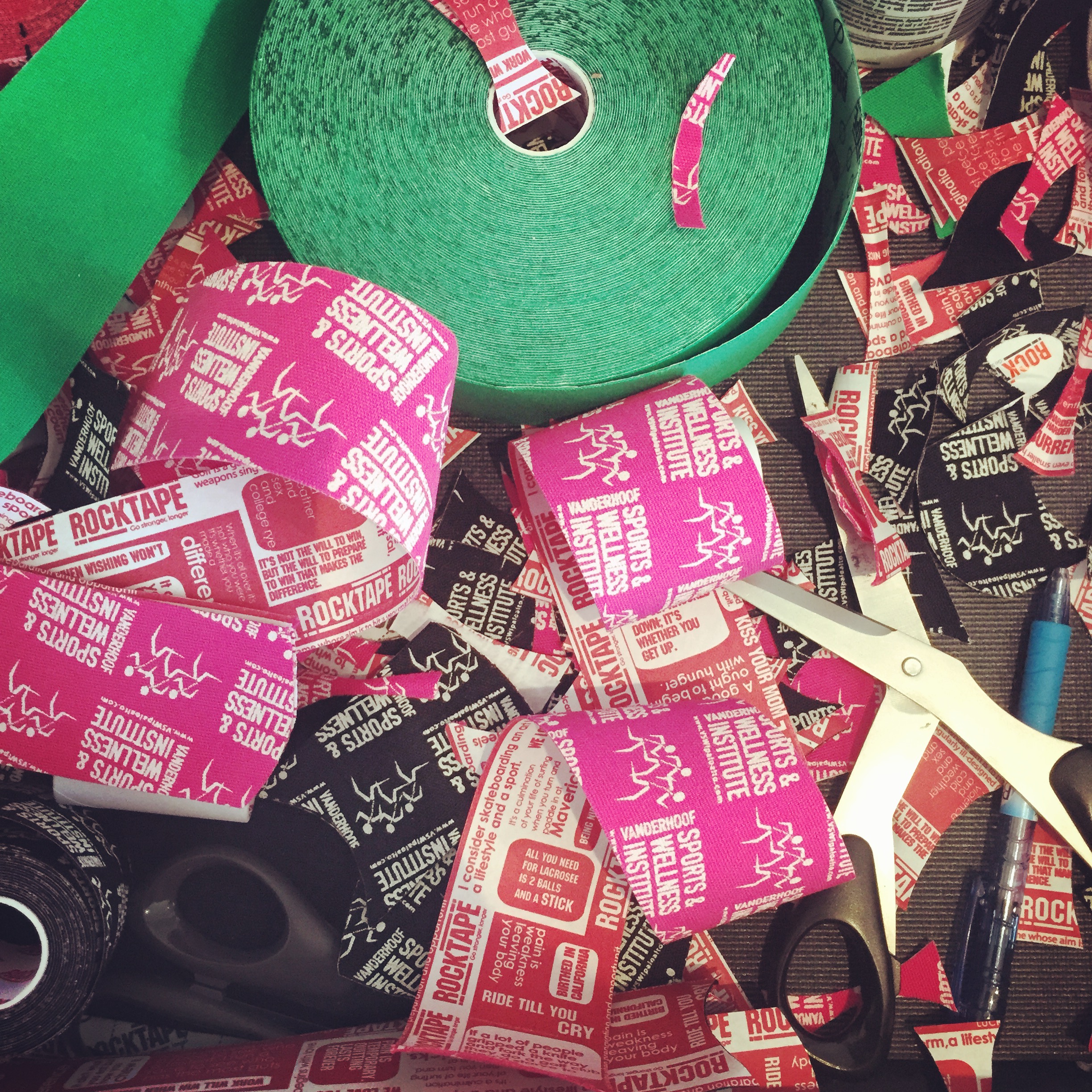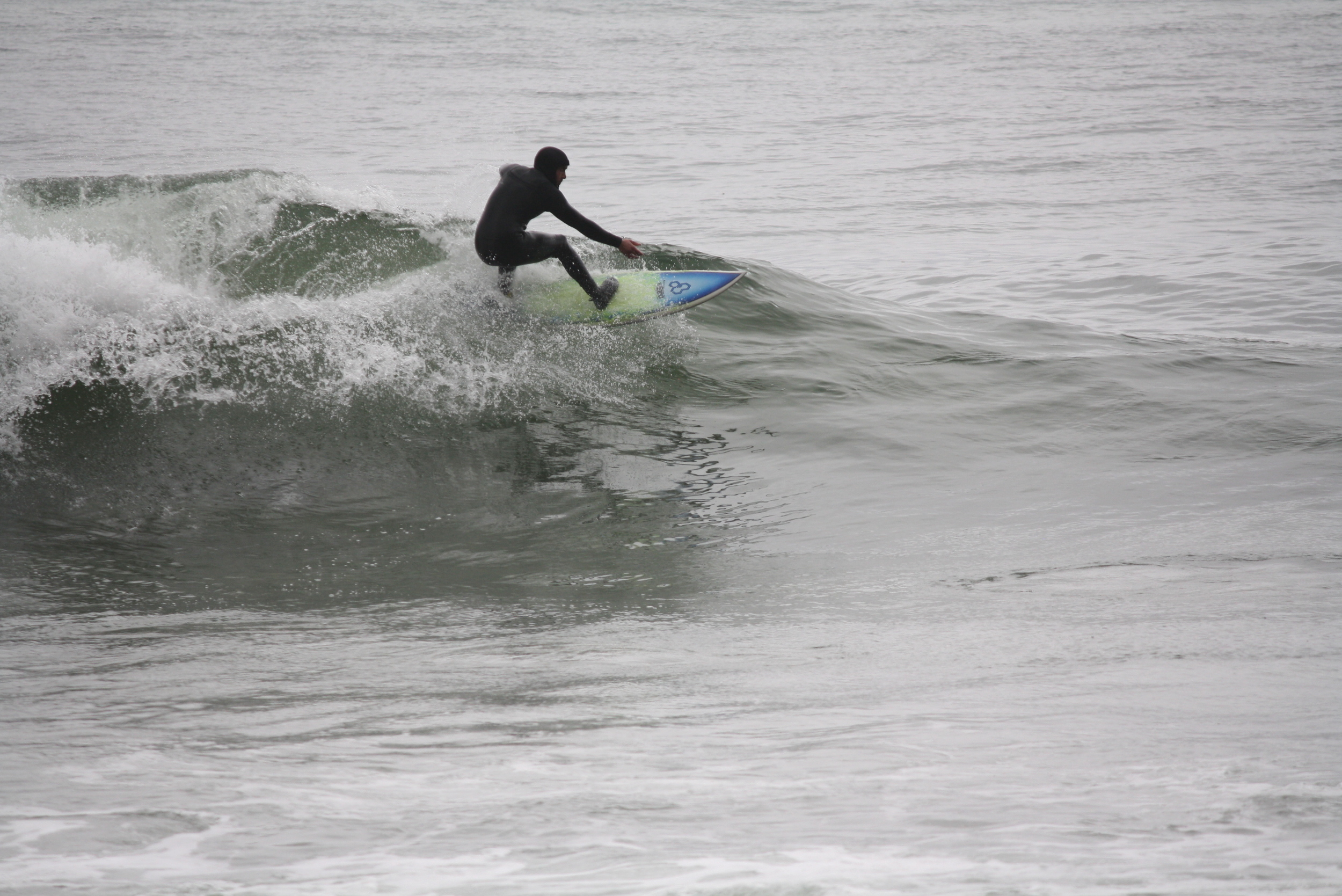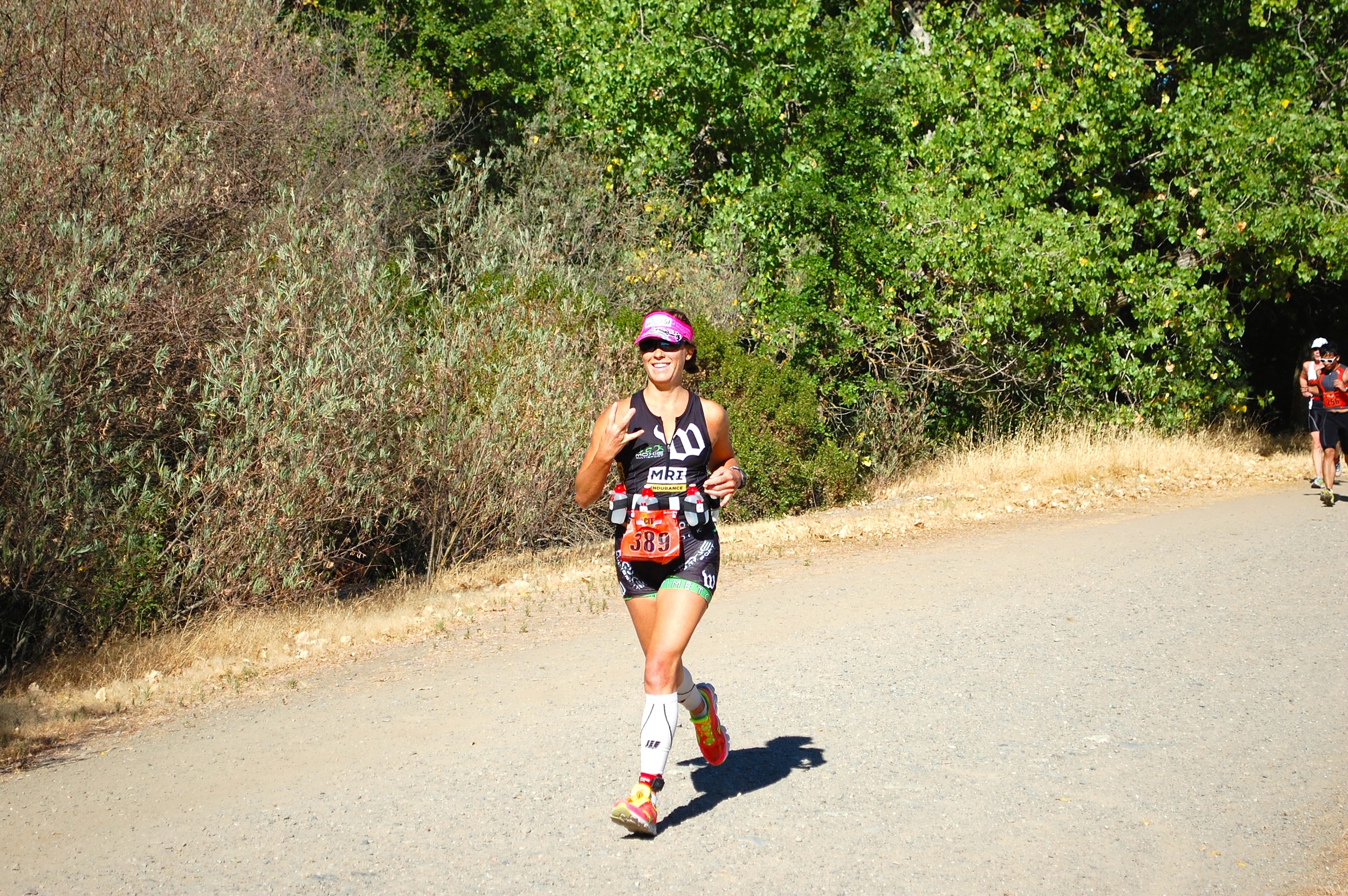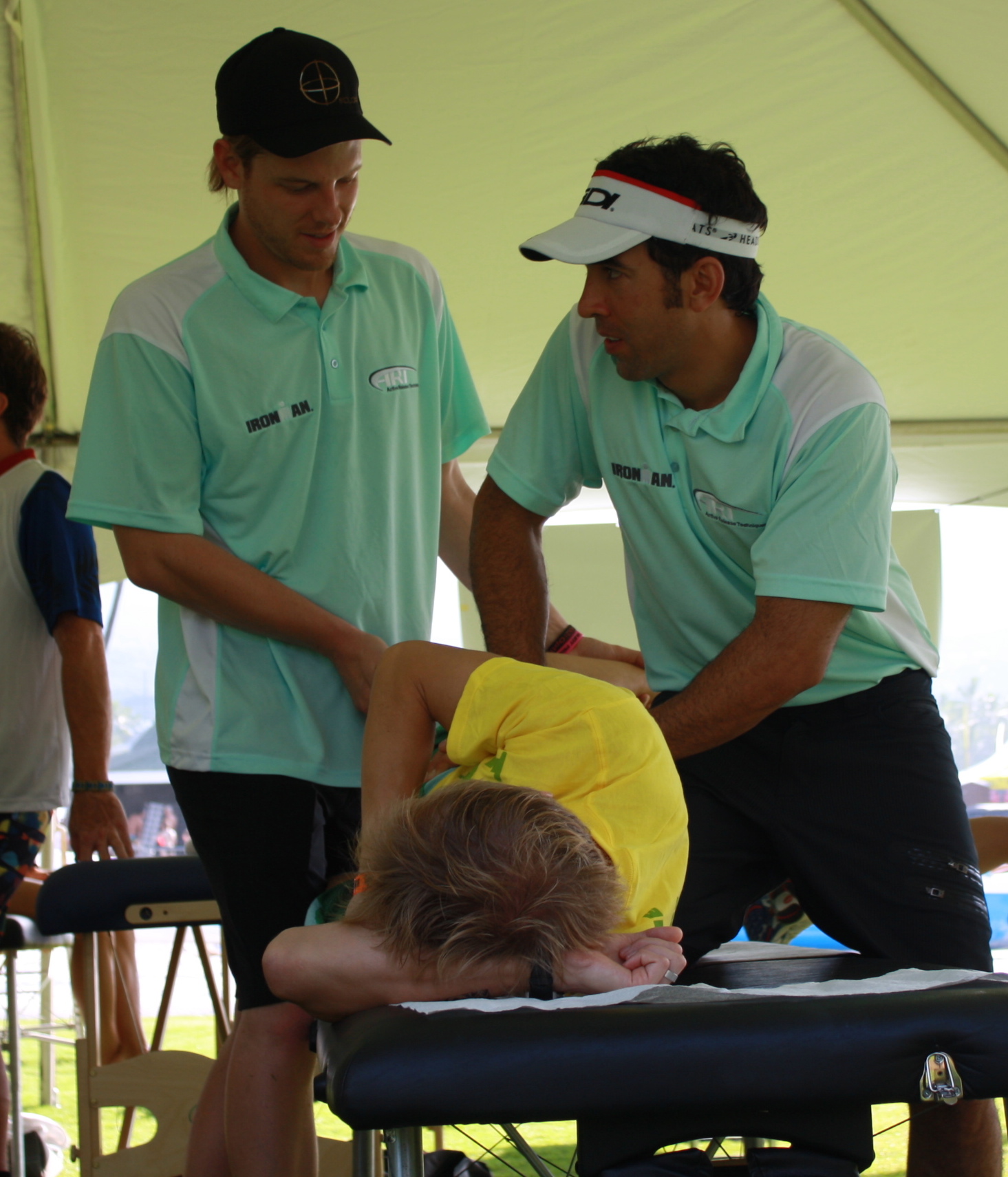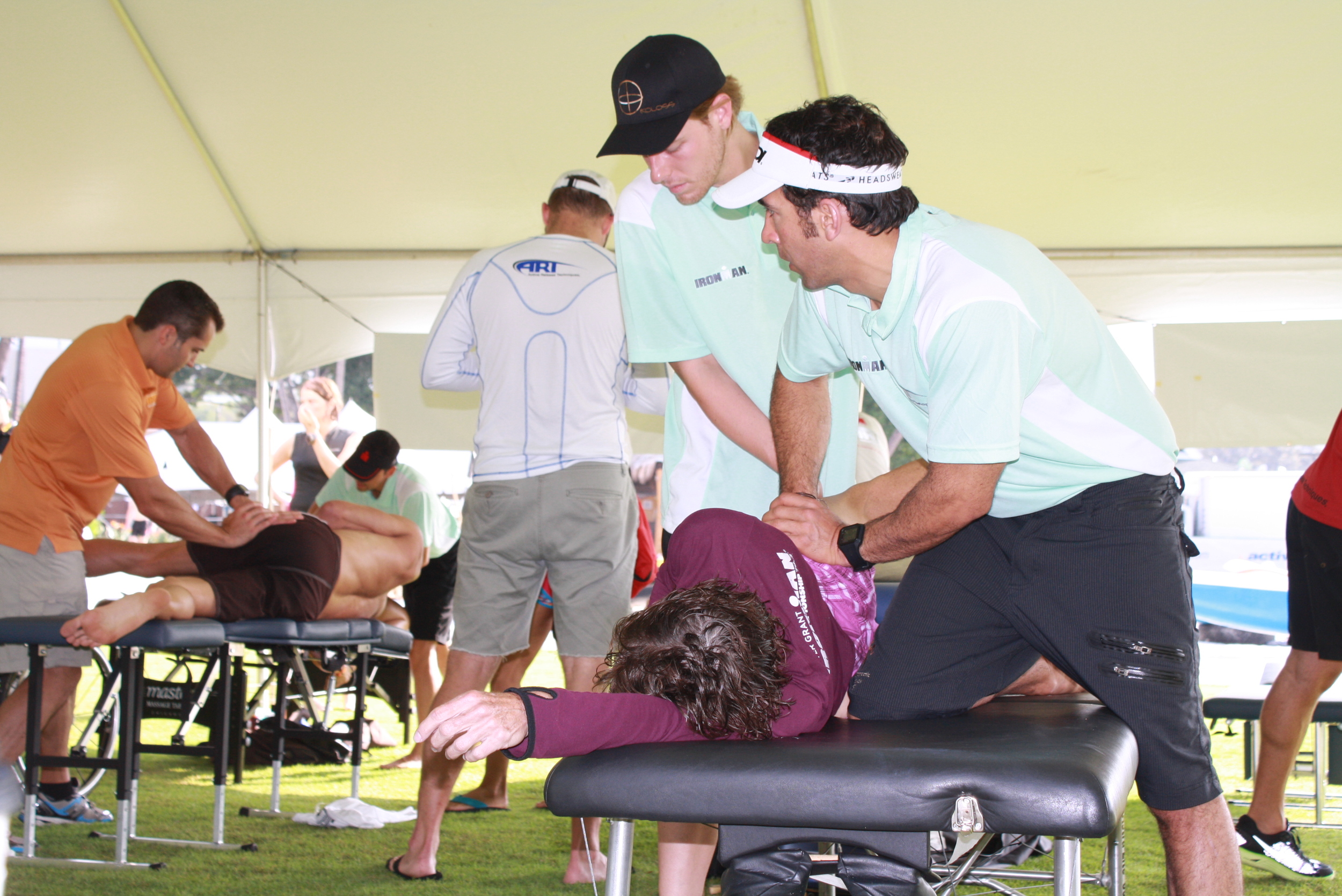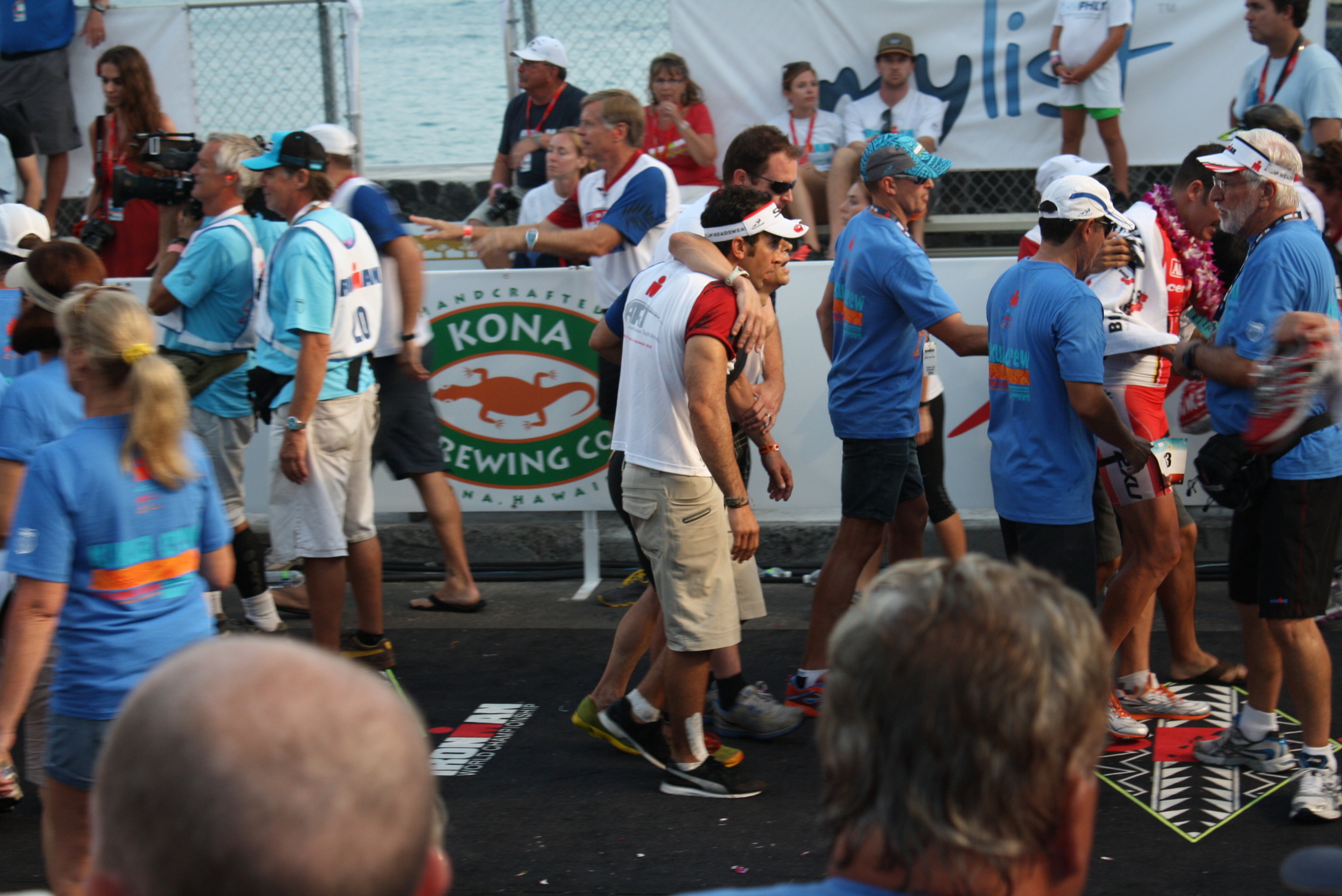Hi guys, Doris here taking ahold of the blog for a series we’re calling “Making the Most of Ironman Race Taper”, chronicling the lead up to my Ironman race. Hoping you can take some of my learnings to help with your own race!
I’m so lucky to have VSWI supporting me as I close in on my biggest race yet. I’ve done at least a dozen 70.3 distances and countless olympic distance triathlons, but there’s one distance that’s eluded me: the full ironman. This distance begins with a 2.4 mile swim, followed by a 112 mile bike, and finishes with 26.2 mile run (full marathon). I’ve always known I’d find myself at the starting line of an ironman, I just didn’t know when. For years my coaches and I held off on embarking on this journey until I was ready. This year, however, we decided it was time. I’m racing Ironman Florida in Panama City Beach on November 7th.
Training for this race began almost a year ago. It’s seemed so far in the future for so long that it’s impossible to believe it’s almost here. I encountered some injuries early in the season which fully derailed my schedule and forced me to take time off and alter my training drastically. Dr. Aaron and team helped work with my injuries (mostly sciatica/piriformis issues) and with our combined efforts, a few months later I was running again. My first triathlon of the year wasn’t until late August where I showed up in Santa Barbara hungry to race. I had a great swim and got only 10 miles into the bike before I crashed. Hard. I attempted to brush myself off and finish what I started, but after my derailleur fell to the ground, my race was over. I broke two ribs, dislocated my shoulder, broke my helmet, and had some nice road rash. Devastated and disappointed, I was facing more set backs. Once again, Dr. Aaron and team saw me first thing Monday morning and did an incredible job diagnosing and coming up with a treatment plan for me. My range of motion in my shoulder was sub par and quite scary. My brain told my arm to move up and despite my best efforts, something was not firing or receiving the signal and my arm remained motionless. Paul performed ART, Daniel massaged and worked the heck out of it, and Dr. Aaron did his multitude of strategies and treatments to get the best results possible. I had less than 3 weeks to prepare for my next race: Santa Cruz 70.3. All year I had looked forward to this one. I wanted it to be my best performance and really shine. 3 weeks of very limited training — I was able to bike indoors on the trainer after the first week and began running towards the end of the second week (as long as my ribs were well taped). I did one short swim the final week leading up to the race and I left that workout unsure if I’d be able to complete the swim portion of the race. My coach worked with me on recalibrating my expectations and developed my new race plan. I showed up to the race unsure and nervous. I ended up having a race that I’d always dreamt of. It was nowhere near a PR or anywhere close to the times I had originally hoped for, but I felt strong and capable the whole way and had such a fun time on the course. The release of expectations and goals let my mind relax and take everything in. I raced at Ironman paces (rather than half ironman paces) and this left me with plenty in the tank to crank on the run. I was given the “ok” to push if I felt good at mile 9 and push I did. I raced hard and finished happy. It was just what I needed heading into IMFL.
Last week marked my 3 weeks out and Dr. Aaron helped me devise a plan of attack for this last push. He went over my body and found my key areas of concern: my hips/glutes/low back and my right shoulder. After some percussor and ART work, he gave me my homework. I was to do 20 mins per day of stretching — down dogs, yoga band hip stretches, and floor angels with foam roller. I was to also continue my plank routine (5+ mins per day). He also gave me a vitamin regimen: 2 Phytogenics multis + 2 Fish oils in the morning, 2 Phytogenics multis + 2 Fish oils in the evening, and 1 Herbalife Repair capsule before bed.
Each week we’ll reassess and make changes to my plan, all in hopes to get me to that starting line as fresh, healthy and ready as possible...
